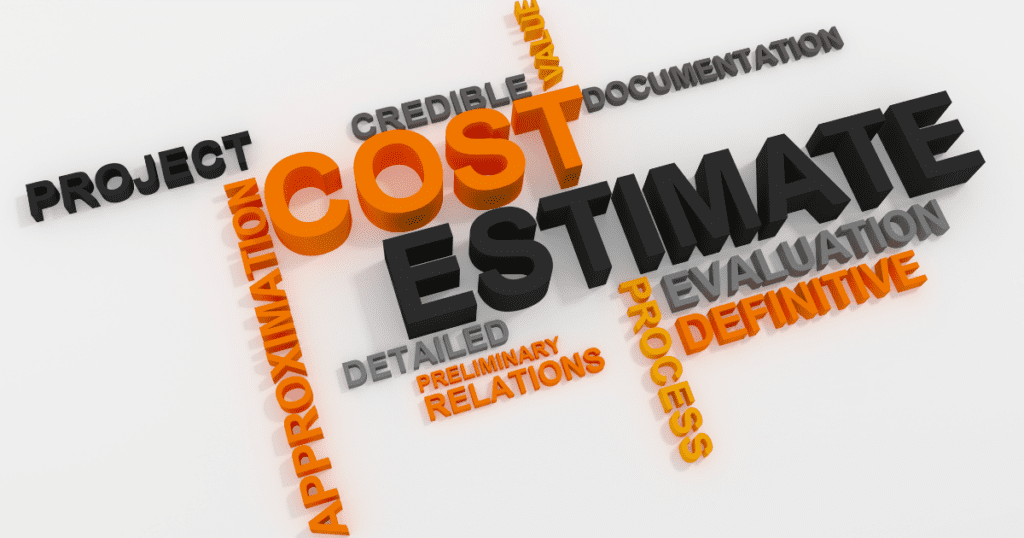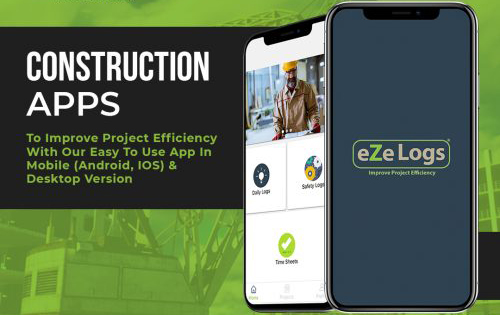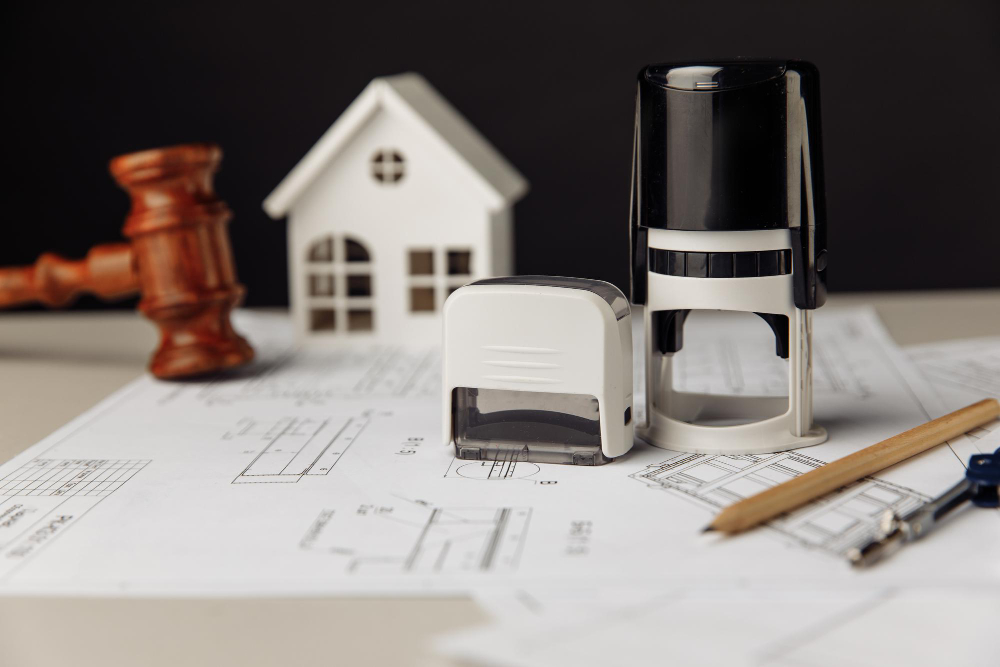If you work in construction, managing costs is essential for any successful project. And one of the most efficient ways of controlling those expenses is through construction cost codes.
Construction cost codes are a standardized way of categorizing and tracking expenses on a construction project. They serve as an interface between all parties involved in the venture – from contractors and subcontractors to accountants and project managers – that ensures everyone has an understandable language when working together.

Cost codes are essential for project budgeting because they ensure all expenses are correctly recorded and there are no unexpected costs when it comes to budgeting. Furthermore, cost codes allow for easy comparisons between different projects and can help identify areas where cost savings can be made.
We’ll take an in-depth look at construction cost codes – their definition, components and types. Additionally, we’ll cover best practices for implementing cost codes as well as any challenges or obstacles you may run into when using them.
By the end of it all you’ll have a comprehensive understanding of construction cost codes and how to utilize them effectively for more efficiency and cost efficiency in your projects. Let’s get started!
Key Takeaways
- Construction cost codes are a standardized way of categorizing and tracking expenses on a construction project.
- Cost codes help ensure all expenses are correctly recorded and there are no unexpected costs when it comes to budgeting.
- Cost codes allow for easy comparisons between different projects and can help identify areas where cost savings can be made.
- Accuracy is key when it comes to construction cost codes.
- Uniformat, MasterFormat, Omniclass, CSI, and NCCI are different types of construction cost codes.
- To effectively implement construction cost codes, it’s important to establish a clear system for categorizing expenses and ensure that everyone involved in the project understands the system.
- It’s important to ensure that your cost codes are aligned with your project budget and timeline.
- Challenges with construction cost codes can include lack of standardization, complexity, and difficulty implementing them consistently.
- It’s important to stay flexible and open to feedback when using construction cost codes.
Use the software to manage the whole construction management process
Understanding Construction Cost Codes
Now that we’ve established the importance of construction cost codes, let’s dive deeper into what they are and how they work.
At their core, construction cost codes are a system of standardized codes and categories used to track expenses on a construction project. These codes help ensure that expenses are categorized accurately, and that all project costs are accounted for.
To understand how construction cost codes work, let’s look at their components. Cost codes typically include a combination of numbers and letters that represent different aspects of the project.
A code might include a number that corresponds to the specific phase of the project (such as pre-construction, construction, or post-construction), followed by a letter or series of letters that represent a specific category of expenses (such as labor, materials, equipment, or subcontractors).
But why is accuracy so important when it comes to construction cost codes? Well, when expenses are categorized incorrectly, it can lead to serious consequences down the line. For example, if labor costs are miscategorized as equipment costs, it can lead to discrepancies in the project’s budget and potentially cause delays or cost overruns.
In short, accuracy is key when it comes to construction cost codes. By using a standardized system of codes and ensuring that expenses are accurately categorized, you can ensure that your project stays on track and within budget.
Types of Construction Cost Codes
Now that we have a better understanding of what construction cost codes are and why they’re important let’s explore the different types of cost codes you might encounter in the construction industry.
First up is Uniformat, which stands for Uniform Construction Cost Accounting System. This system categorizes costs based on the elements of a building, such as the foundation, walls, roof, and mechanical systems. Uniformat is especially useful for early cost estimating and for comparing costs across different projects.
Next, we have MasterFormat, which is a comprehensive system of codes used for organizing construction documents and project information. This system categorizes costs based on the different stages of construction, from pre-construction through to project closeout.
Another common type of construction cost code is Omniclass, which is a classification system for the construction industry that organizes costs based on both functional and physical characteristics. This system is designed to be flexible and adaptable to a wide range of projects and is often used in combination with other cost code systems.
Finally, there are other types of construction cost codes, such as CSI (Construction Specifications Institute) codes and NCCI (National Council on Compensation Insurance) codes. These codes are used for more specific purposes, such as tracking workers’ compensation costs or categorizing materials and products.
Overall, there are many different types of construction cost codes, each with its own unique advantages and uses. By understanding the different types of cost codes available, you can choose the one that best fits the needs of your project and ensure that your costs are accurately tracked and accounted for.
Implementing Construction Cost Codes
To effectively implement construction cost codes on your project, it’s important to establish a clear system for categorizing expenses and ensure that everyone involved in the project understands the system. This might involve creating a guide or manual that outlines the different cost code categories and how expenses should be categorized.

In addition to establishing a clear system, it’s important to ensure that your cost codes are aligned with your project budget and timeline. By tracking expenses in real time and comparing them to your budget, you can identify potential cost overruns early on and make adjustments as needed.
There are many examples of companies that have successfully implemented construction cost codes, such as Turner Construction and Hensel Phelps. By implementing a standardized or customized cost code system, these companies are able to easily track expenses and ensure that all costs are accounted for.
Overall, by following best practices for implementing construction cost codes and learning from successful examples, you can ensure that your project stays on track and within budget.
Common Challenges
Construction cost codes can present challenges, such as lack of standardization across the industry, making it difficult to choose the right system. To overcome this, research and choose a cost code system that aligns with your project’s needs.
Another challenge is the complexity of it, making it hard to categorize expenses accurately. Overcome this challenge by establishing clear guidelines and providing training for everyone involved in the project.
Implementing cost codes consistently can also be difficult. Overcome this challenge by establishing clear processes and procedures and providing ongoing training and support.
It’s important to stay flexible and open to feedback, as challenges with cost codes may arise over the course of a project. By doing so, you can ensure that your cost codes remain effective and accurate throughout the project.
Despite the challenges, construction cost codes are an essential tool for any construction project. By understanding the challenges and taking steps to overcome them, you can ensure that your project stays on track and within budget.
The Bottom Line
Construction cost codes are a must-have tool for keeping construction projects on budget. By implementing a standardized cost code system, all project costs are accounted for, and potential cost overruns can be identified early on.
In this guide, we covered the basics of construction cost codes, including their definition and importance, and how to implement them effectively. We also explored common challenges and strategies to overcome them.
If you’re not already using cost codes, we strongly encourage you to consider implementing them. By following clear guidelines, providing ongoing training and support, and remaining adaptable, you can ensure project success and avoid unexpected cost overruns.
So don’t hesitate, take action today and start implementing construction cost codes on your next project. Your budget and peace of mind will thank you!


